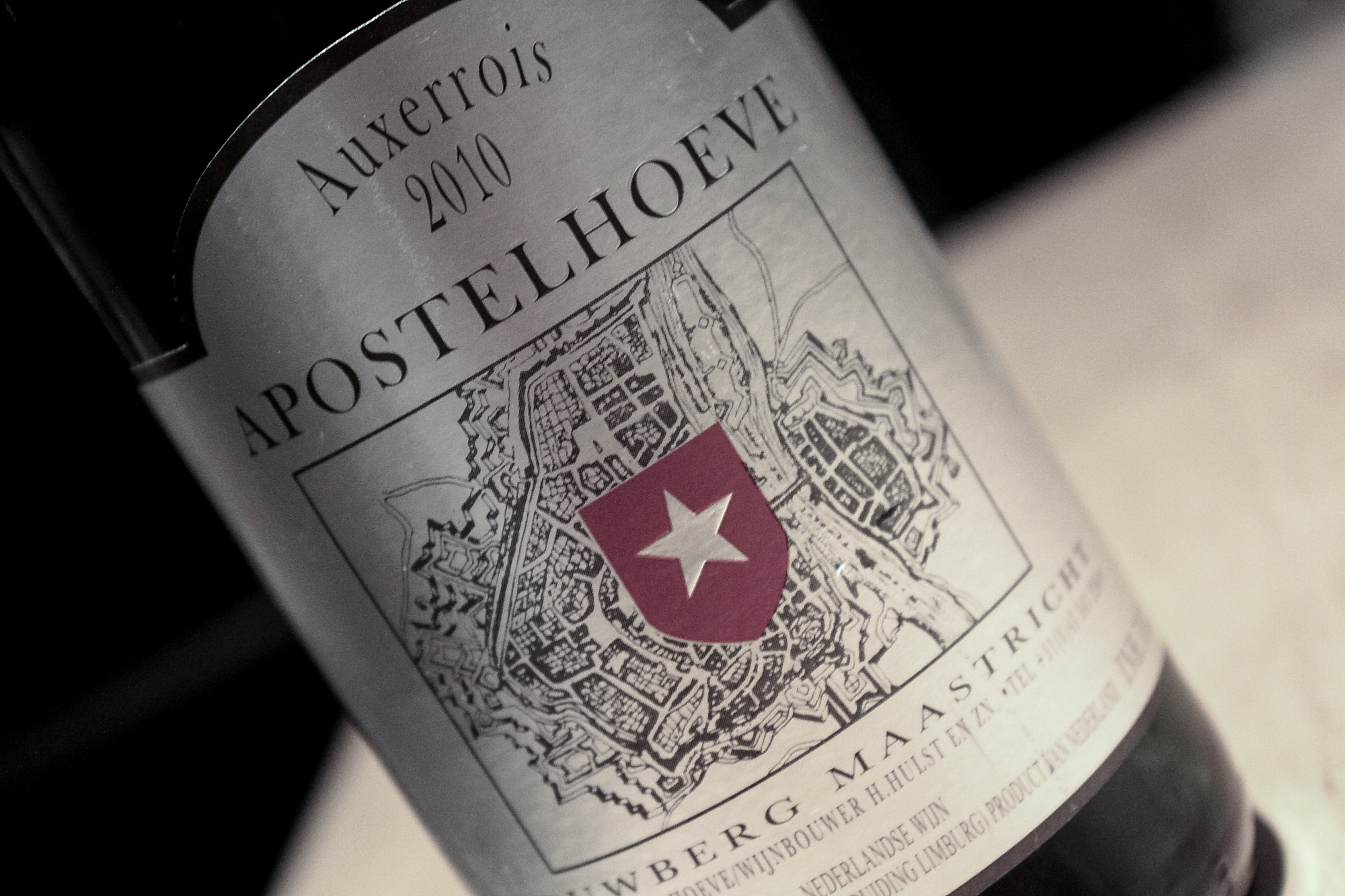Apostelhoeve, Louwberg Maastricht, Auxerrois 2010
Considering how well regarded it is Pinot is a fickle, confusing and rather unstable friend. With that statement I don't mean the wine but rather the grape - you stop watching it closely for just a second and, woosh!, does it mutate into something else. It can be so deceiving it will even confuse you when the mutation is over and it has become something else. Take the white Auxerois variety for instance that descends from Pinot: the first South African Chardonnay cuttings were actually Auxerois and when you think you drink an Alsace Pinot Blanc you could be fooled by 100% Auxerois.

The wine you are looking at here is more straightforward in that, as far as we know, it really is made from Auxerois - but with a twist still as it comes from the Netherlands, a wine region with so small a production that even many Dutch have not yet sampled its wine.


